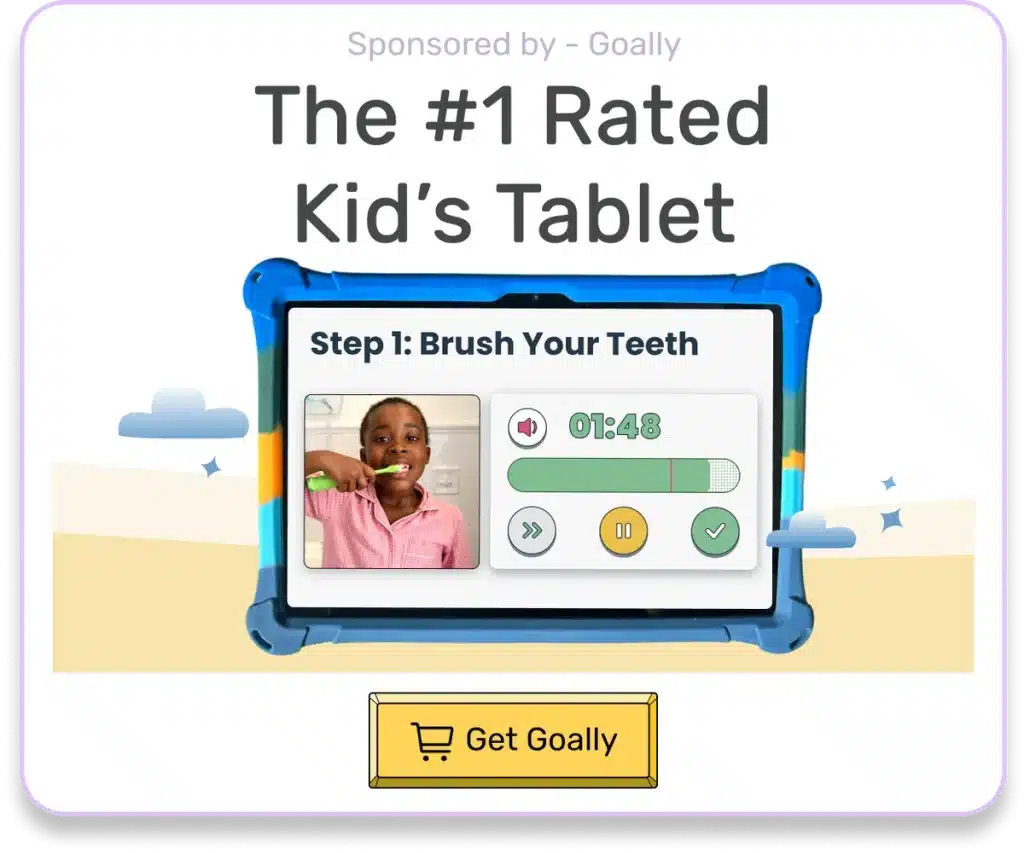So, you’re wondering, “At what age do ADHD symptoms appear?” It’s a common question among parents who want to support their neurodivergent kids as best as possible. Grasping when symptoms might emerge can help you be more prepared and attentive to your child’s needs. In this blog post, we’ll cover the typical age range for ADHD symptoms, early signs to look out for, and some practical tips for providing meaningful support. Together, we’ll navigate the complexities of ADHD and help your child thrive.
Table of Contents
The Onset of ADHD Symptoms: Crucial Factors To Consider
While each child is unique, ADHD symptoms generally surface between the ages of 3 and 6 years old. However, several factors can influence the emergence of these symptoms:
- Genetics
- Environmental factors
- Individual variability
- Differences in emotional development
Being aware of these aspects during the critical years can help you better understand and support your child’s growth and progress.
Read More: ADHD in Girls, What Does It Look Like
How To Spot Early Indicators of ADHD
Firstly, let’s consider the three core elements of ADHD:
- Inattention
- Hyperactivity
- Impulsivity

Read more: ADHD and Clumsiness
Keeping these in mind can give us a solid foundation to identify potential ADHD symptoms. For example, during the preschool years, children with ADHD may:
- Have difficulty following simple instructions
- Easily become distracted during activities
- Show excessive energy or restlessness
- Interrupt or act without considering consequences
It’s essential to observe these early signs, but remember, children develop at different rates; these symptoms alone aren’t enough for a formal diagnosis without further evaluation.
ADHD and Coexisting Conditions: What To Know
Having ADHD is not always straightforward. Often, neurodivergent kids have coexisting conditions that may complicate the recognition of ADHD symptoms. Some examples include:
- Learning disabilities
- Anxiety disorders
- Depression
- Autism spectrum disorder
By being aware of these coexisting conditions and their respective symptoms, you’ll be better equipped to support your child’s complex needs and collaborate with healthcare providers to develop appropriate strategies.
Read More: How to Deal with a Hyperactive Child at Home
Professional Assessment and Diagnosis: The Path to Tailored Support
Although observing potential ADHD symptoms at home is a good starting point, a professional assessment is necessary to confirm the diagnosis. Professionals such as pediatricians, psychologists, or psychiatrists with expertise in ADHD can help determine if your child’s symptoms warrant a diagnosis and provide guidance for creating a tailored treatment plan.
It’s crucial to maintain open communication with healthcare providers and educators to ensure your child gets the support they need, both at home and school.

Read more: Kids Autism Test
Effective Treatment and Support Strategies for Parents
As a parent, you play a pivotal role in helping your neurodivergent child manage their ADHD symptoms. Here are some practical strategies you can implement:
- Establish routines and structure
- Break tasks into smaller, achievable steps
- Promote physical activity and healthy nutrition
- Use positive reinforcement and praise
- Consider educational accommodations or individualized instruction
Tools like Goally’s learning tablet for kids can further assist parents in tracking their child’s progress and adapting support to meet their unique needs.
Try Goally For Your Child With ADHD
Goally helps kids with ADHD stay focused and build skills. Unlike a Kindle or an iPad that kids get easily distracted on, Goally has no YouTube, no social media, no web browser, and especially no ads.
Goally uses game play as a points-based motivator for your kiddo with ADHD and helps them learn emotional regulation skills. It’s simple to set up and has an expert-informed design.

Embracing the Journey With Your Child
Discovering “At what age do ADHD symptoms appear?” is just the first step on your journey as a parent of a neurodivergent child. Recognizing the signs, seeking a professional assessment, and employing tailored strategies prepare you to provide the best support possible. Keep in mind that it’s a learning process for both you and your child. Celebrate each achievement, embrace the challenges, and watch them flourish. You’re on this journey together.
FAQs About What Age Do ADHD Symptoms Appear
At what age do ADHD symptoms typically appear in children? ADHD symptoms can begin as early as age 3-6, with many cases being diagnosed when children are in primary school, around age 7.
Can ADHD symptoms appear for the first time in adolescence or adulthood? While most ADHD symptoms appear in early childhood, some individuals may not show symptoms until adolescence or adulthood.
Are the symptoms of ADHD different in younger children compared to older children? Yes, symptoms can change as a child grows. Younger children may show hyperactivity, while older children struggle more with attention and organization.
What are the early signs of ADHD in toddlers? Early signs of ADHD in toddlers may include high activity levels, impulsivity, difficulty following instructions, and challenges with quiet play.
Is it possible to outgrow ADHD symptoms? While some children may seem to outgrow their symptoms, many people continue to experience symptoms of ADHD into adolescence and adulthood.
This post was originally published on 05/29/2023. It was updated on 10/30/2023.

Goally
We help parents teach their kids life skills, like doing bedtime and morning independently. Backed by science, we incorporate evidence-based practices and expert-informed designs in all of our apps and content.







